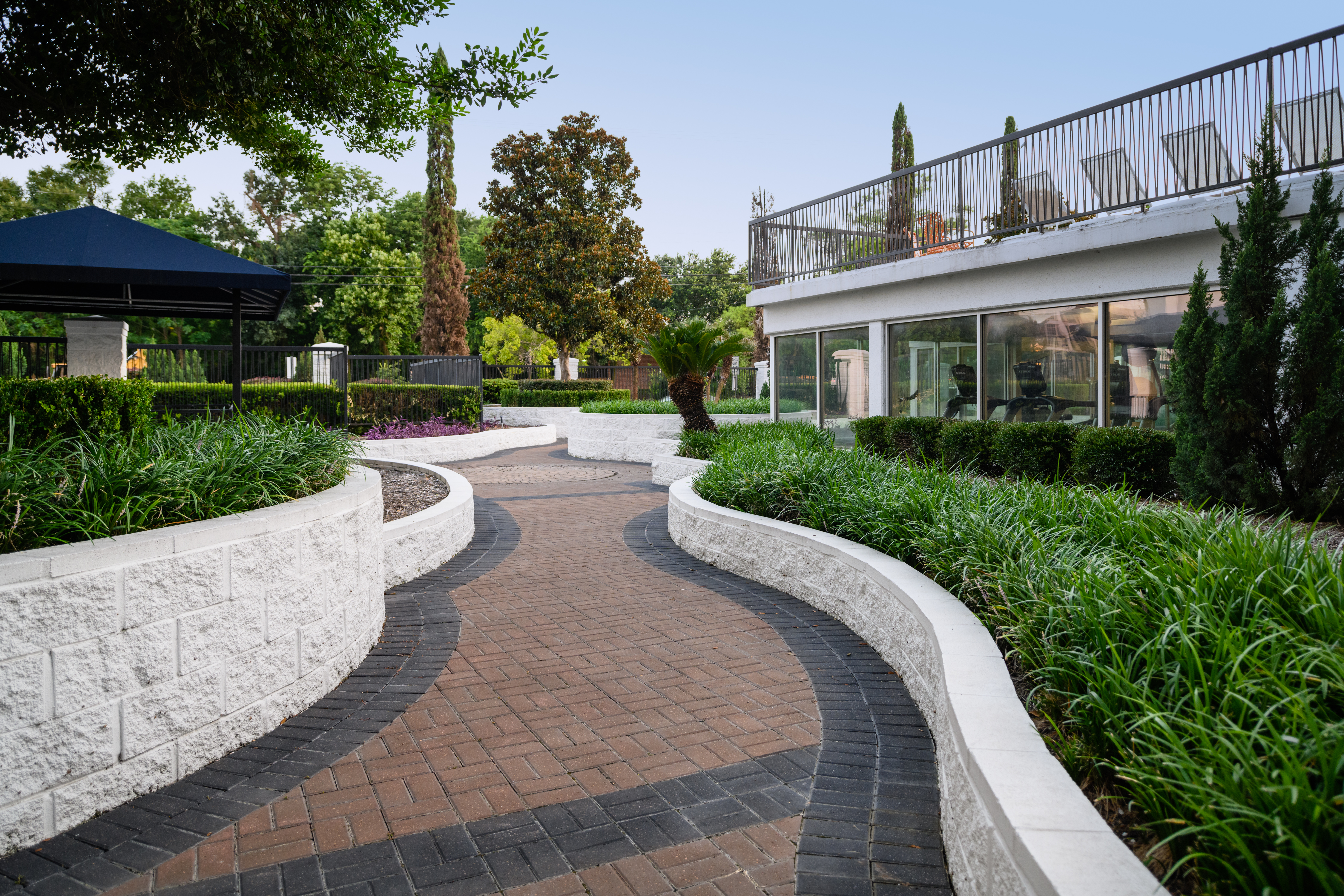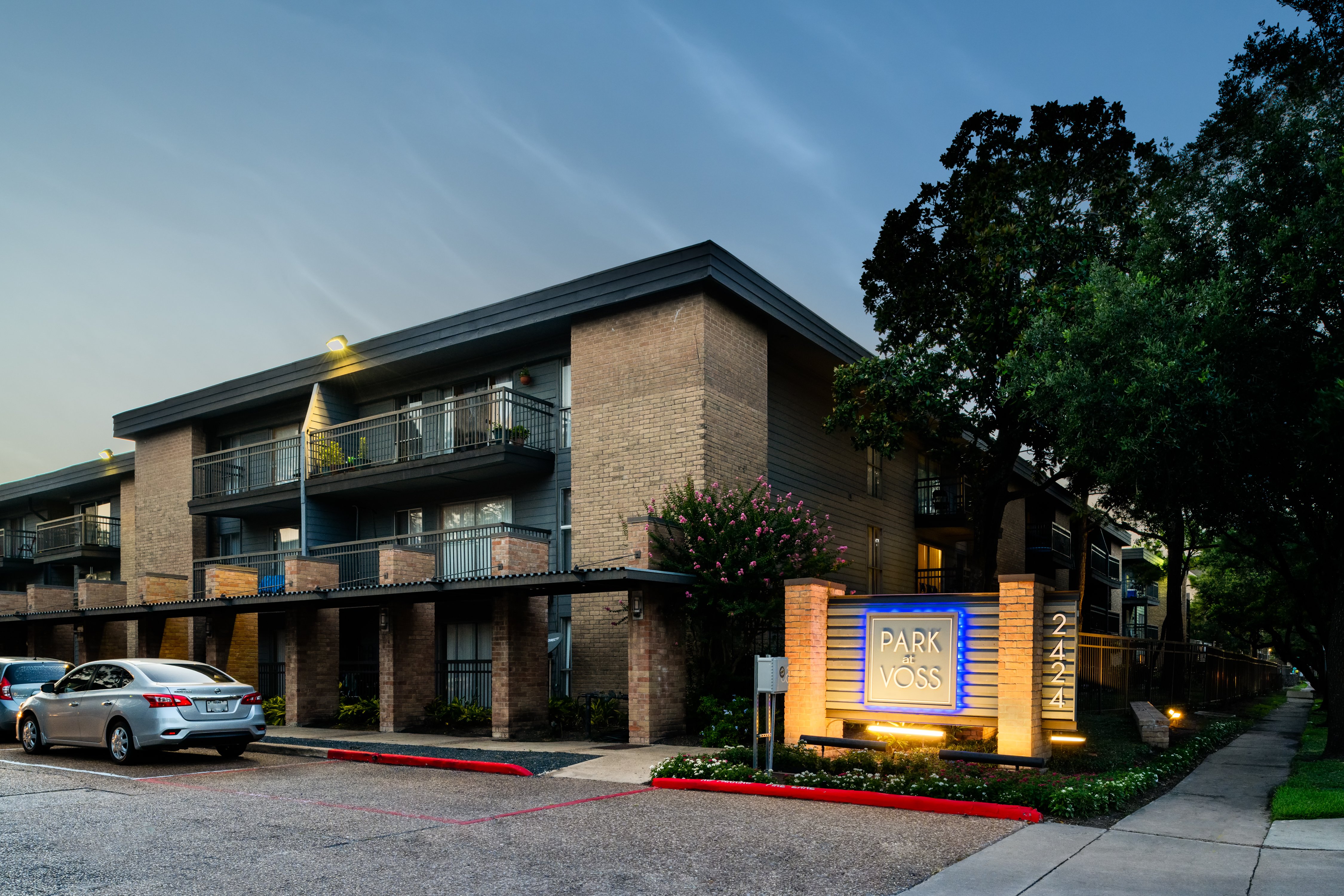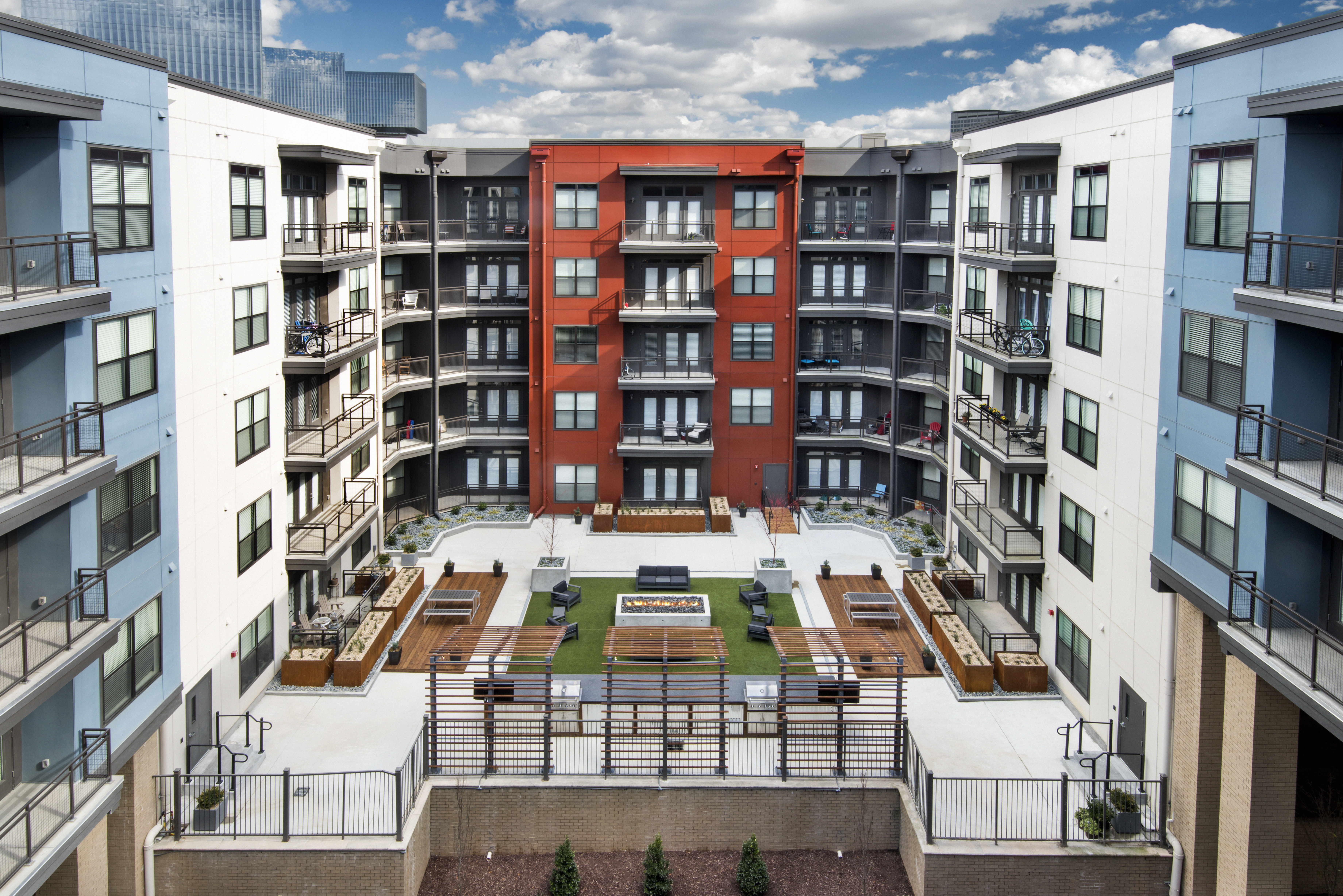Market Watch Q3 2018, Plus How to Find Good Investments and Avoid Bad Ones

Risk Management
There is still a lot of enthusiasm in the multifamily apartment market. All the indicators are positive and there is a general sense of optimism that things will continue to be strong for the foreseeable future.
However, I am not fully convinced. I am always worried that things cannot keep going up forever. I remember hearing a story about a man who drowned in a stream. The man was 6' tall and the stream was 5' deep... on AVERAGE. It was the unexpected deeper pools that caused his drowning. I think about this whenever I look at a potential acquisition. A couple of large, unexpected dips can bring a good investment down.
I believe that investors are willing to accept lower returns today because they are doing well in their non-passive investments. During a recession, jobs are lost, businesses suffer and debts become due. At that time, investors will have zero tolerance for disappointment, in both their passive investment AND non-passive investment. That is when we want to react quickly and take advantage of the opportunities that are sure to present themselves.
One could accuse me of being overly cautious. There are definitely successful deals that I missed during the past decade, because I have always been aware of the potential repercussions. Having begun my career in 2008, I had a front row seat watching investment organizers go bankrupt and/or lose their investors' capital. It made me vow to do all I can to prevent this from ever happening to us.
We take this into account every time we consider location, demographics, capitalization, and renovation programs. I prefer to make lower returns during good times, in exchange for exceptional returns in bad times. The last thing we want is to deal with reorganizing a troubled purchase with our partners and lenders.
In Q3 2018, we reviewed 70 potential transactions, underwrote 28 of them, offered on 11. We made best and finals on 3 and were not awarded any. This is not a sign of failure. On the contrary, it highlights that our goals are different from those of other groups that are active in this market. A lot of groups are all about growing their portfolio and earning fees meaning they are less disciplined about their underwriting. They will pay whatever it takes to win a deal and adjust their numbers accordingly to raise the corresponding equity. That is not our approach.
Instinctively, we have always wanted our partners to succeed without undue risk. If we stick to this principle Barvin Group will earn a profit as well. I have never wanted to grow on the backs of other people's capital for the sake of growth alone. As each of you are aware, I join you as a limited partner in each investment. This helps me assess the proper risk levels as I treat your funds as if they were my own.
Investing in Multifamily
Recently, a friend of mine invested with someone whose practices were questionable. I do not want anyone to become a victim to this kind of behavior; therefore, please allow me to share some matters to consider when looking at any property vestment transaction.
To give you some basis of comparison and help you avoid being schemed by other sponsors, here is our typical fee structure:
- Co-Invest: 5-10% (depending on deal size)
- Acquisition Fee: 0.5-1% of purchase price (not the project’s capitalization)
- Management Fee: 2-3% of revenue
- Asset Management Fee: 0/5-1% of revenue (not capital raised)
- Construction Remodel Management: 5% of renovation costs
- Preferred Return: 6-8%
- Remote: 35% (no catch-up provision)
In addition to the above fees, which we think are just, we have seen a lot of other sponsors who structure their investments with the following fees; fees that can easily cloud the sponsor’s judgement in deciding on property acquisitions. If you are approached with these kinds of fees, be very careful:
-
Management Fees: 5% of revenue
-
Acquisition Fees in excess of 1%
-
Asset Management Fee: 1% of equity raised (like a hedge fund)
-
Remodel Fees—at Barvin Group we act as the general contractor—other sponsors do not do this so the general contractor adds a 10% fee and the sponsor will then generate an additional fee
-
Promote: Perhaps as high as 65% with catch-up provision
-
Finance Fees: Even though they’re using a mortgage banker to finance the transaction
-
Loan Guarantee Fee: 0.5-1% of the loan amount every year, even on non-recourse loans
The Finance and Loan Guarantee Fees are not easily noticeable, but I recently spotted them when reading another sponsor’s PPM. It’s important to understand the capitalization budget. In this offer, the partner actually borrowed their LP co-investment amount from the partnership at 0% interest.
Another item that we see in others’ offerings is that the sponsor is raising excess capital that they are going to use in pay distributions. For instance, the property generates an actual 3% cash-on-cash return, but the excess capital will allow the sponsor to pay investors an 8% return. Obviously, the payment of 8% is later jeopardized.
A quick test of trustworthiness is whether the sponsor is investing more money than they are receiving in fees. Some sponsors do not have the capacity to invest as a limited partner, but you should always be very careful about the level of sponsor compensation. The sponsor’s incentives must be aligned with those of their investors.


